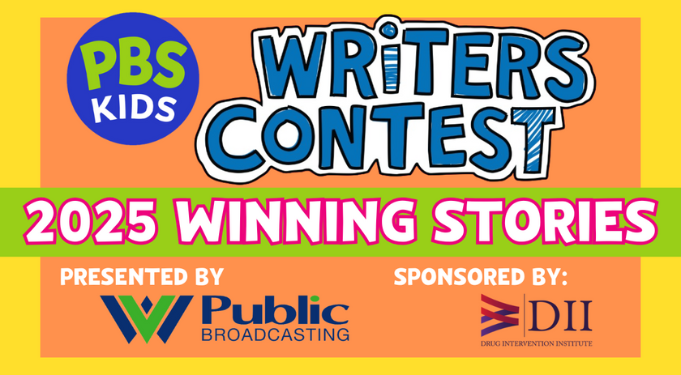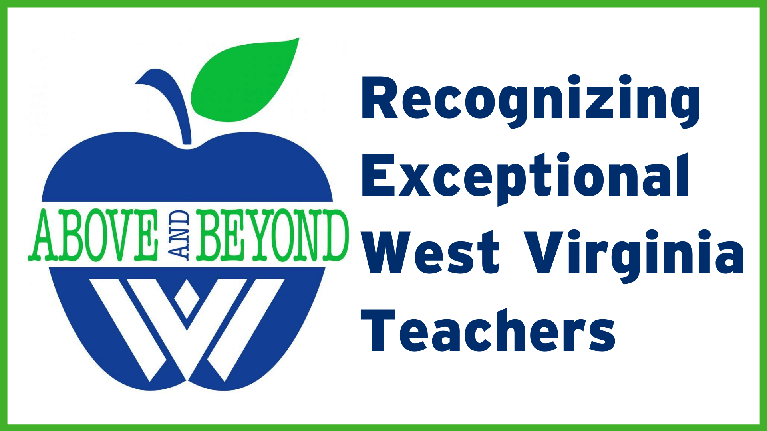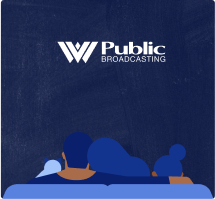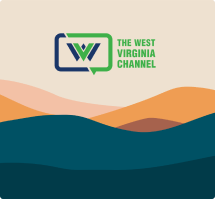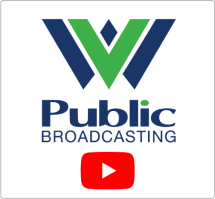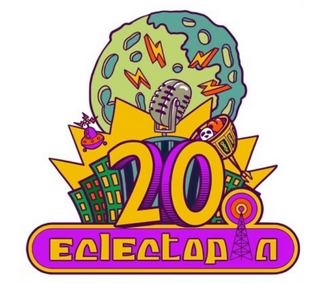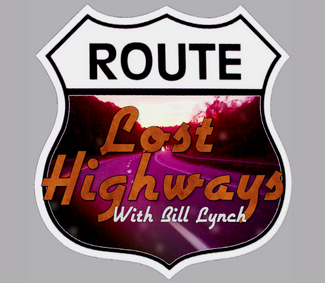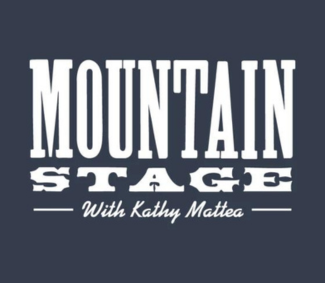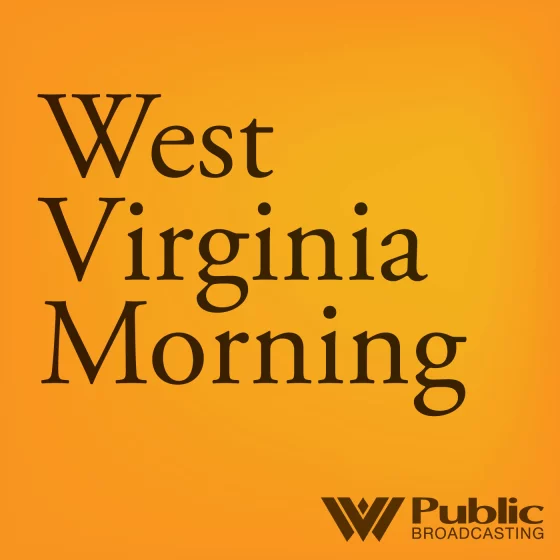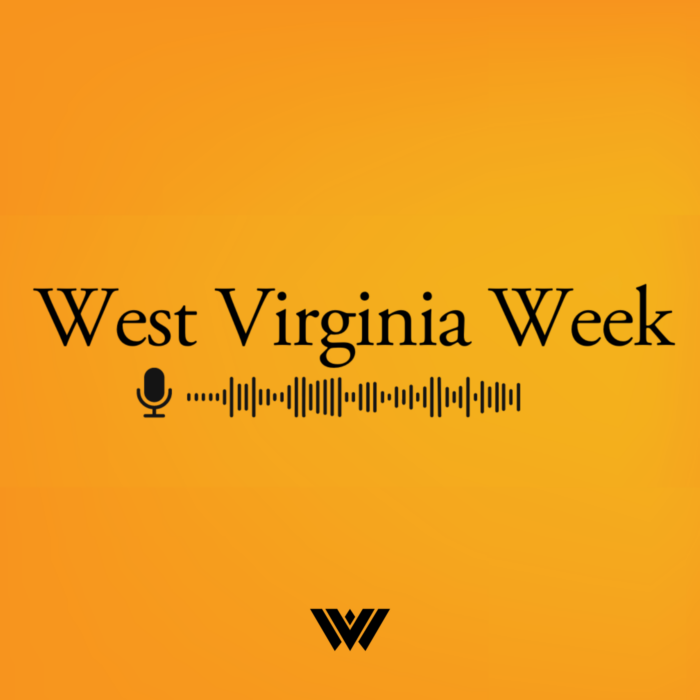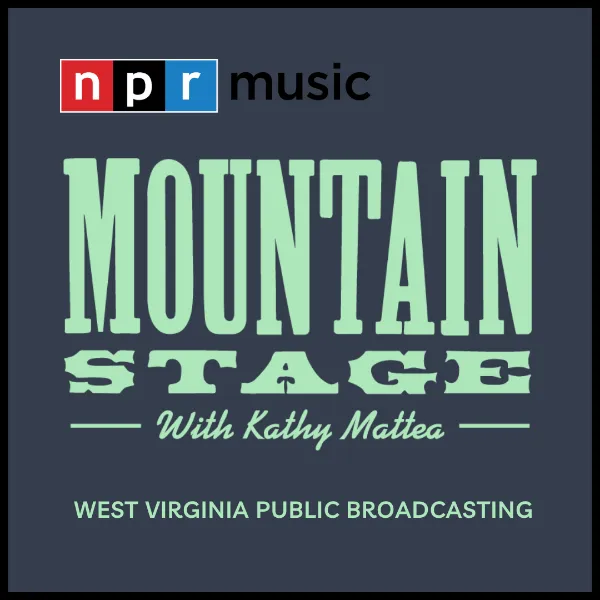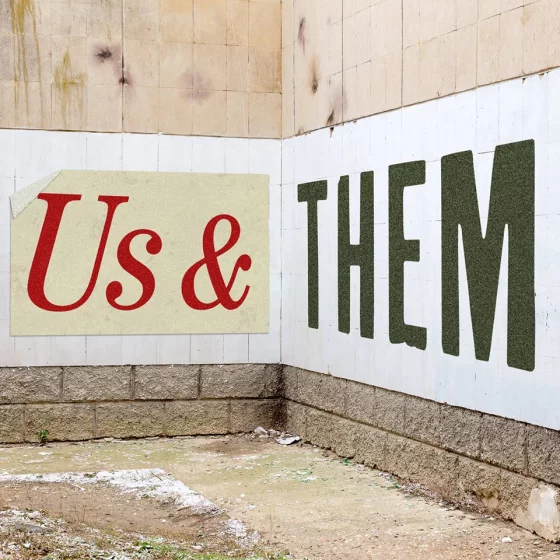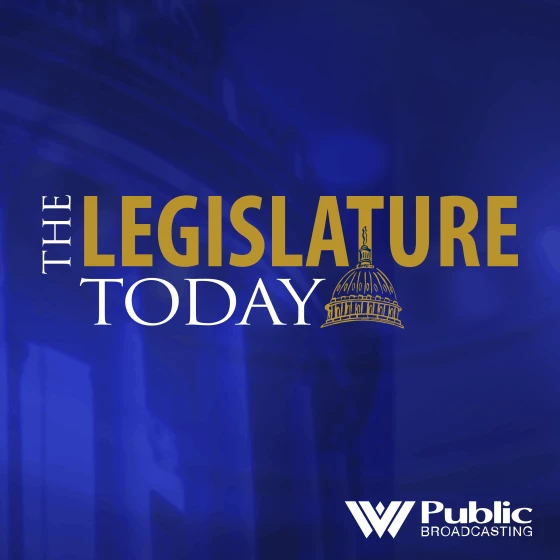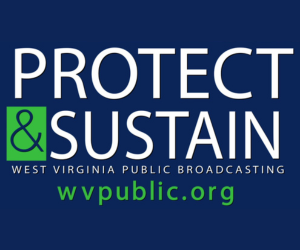Just one month after his inauguration, the Trump administration has cut thousands of workers across the federal government. The Department of Government Efficiency, or DOGE, headed by Elon Musk, is looking to slash at least $1 trillion in federal spending across dozens of departments.
Kelly Allen, executive director of the West Virginia Center on Budget and Policy, spoke with Chris Schulz about what cuts to the Department of Education would mean for local schools.
This interview has been edited for length and clarity.
Schulz: Tell me a little bit about the federal money that comes into the state.
Allen: Schools in West Virginia, I believe like schools all over the country, are generally funded by government at three levels. So the bulk of it, about 80% I believe, comes from state and local government funding. So at the local level, property taxes are a major source of funding for education. And then at the state level, there’s something called the state school aid funding formula that kind of balances out and provides a significant chunk of state level funding for public education.
State spending on public ed is a really big chunk of the overall state general revenue budget, I think it’s about $1.8 billion. And then the other 20% or so comes from federal funding. And federal funding that is enacted by Congress and routed through the US Department of Education plays three major roles that we can talk about a little bit more, but it’s more targeted to specific programs or specific higher need populations.
We actually put an analysis out earlier this week highlighting how West Virginia is more reliant than most states on federal funding. So that’s going to encompass a lot of areas, not just education. But if you look at not just the state’s general revenue budget – which is what the legislature will be enacting in a couple of months – but if you look at that total budget that encompasses everything, we get just over 50% of our budget from federal funds, and the national average for states is about a third. So because of a lot of factors, we’re more reliant than most states on federal funding, which is why this conversation is really important.
For K-12 education, this is not an exhaustive list, but I think the three largest sources of K-12 funding that come in to our schools, again enacted through Congress, but routed through the U.S. Department of Education into our states, are the Every Student Succeeds Act, ESSA funding, which is for Title I and Title II. Title I goes specifically to low income students, low income districts. There’s also IDEA funds, which are the Individuals with Disabilities and Education Act, so specifically for students with special needs, and then the National School Lunch Program, which is also really important in West Virginia, a state that has high levels of food insecurity. And combined, those three funding sources are expected to bring in over $600 million to West Virginia in fiscal year 2025 which is the current fiscal year that we’re in. That’s a really big number. So just to put that in perspective a little bit, it’s about $2,500 per pupil in the public school system.
Schulz: What can the Trump administration do – without the intervention of Congress – to the Department of Education?
Allen: As of this conversation, we don’t yet know what is in the executive order. We do know, and have mentioned a couple of times, that these big funding sources that flow into our state and into our school districts have been appropriated by Congress. They are distributed by the U.S. Department of Education, but Congress has appropriated them, so presumably an executive order could not override Congress’s wishes for these dollars to go into states and into school districts.
I also believe that the Department of Education was created by Congress, so again, an executive order alone could not dismantle an agency so long as checks and balances remain in place. But I do think that the White House could reduce staff in the Department of Education. We are seeing evidence already that programs that have been appropriated by Congress dollars are being disrupted. There are reports of Head Start dollars not getting to places, and other disruptions and programs and federal funds that Congress did appropriate.
So there’s some short term impacts, certainly, but I think the impetus behind abolishing or dismantling the U.S. Department of Education and other things that we’re hearing, a lot of it is to reduce spending. We know that there’s a big tax package that was passed back in 2017 that enacted big tax cuts for corporations, the wealthy, and some for regular Americans, is expiring at the end of this year and would cost trillions of dollars to extend. So a lot of the proposals that we’re hearing, whether they’re cuts to Medicaid, cuts to safety nets, cuts to the Department of Education, are being floated, at least in part to offset the extension of tax cuts. Just getting rid of the Department of Education personnel doesn’t get you much savings. That’s not the big bulk of it.
The big bulk of it is the dollars that are appropriated by Congress and coming into the states. So it seems to me that those dollars are at risk if there is really an interest in reducing federal spending. And again, we don’t know what’s in the executive order yet, but Project 2025 does seem to be driving a lot of the executive orders and a lot of the decision making that’s been coming out. And in Project 2025 these specific programs: Title I, IDEA, National School Lunch Program, there are proposals within them to wind them down, which essentially means shifting the cost of providing those services onto the state, or dismantling those services entirely.
Schulz: I know that one of the talking points, which I believe is found in Project 2025, is shifting a lot of this funding from its current structure of Congressional appropriation to a block grant system. Do you have any understanding of how that would work and how it might impact West Virginia?
Allen: Generally, when programs become block grants, they shrink over time. My most familiarity is in programs like TANF, which is Temporary Assistance for Needy Families, CHIP the Children’s Health Insurance Program. Those are big programs that transitioned from a program that grew with the cost of the program to a block grant that was just essentially frozen.
Often block grants stop growing with inflation, stop growing with need, and just freeze, which means that their value erodes over time. And if you look at a program like TANF, it is able to serve far, far fewer people than it once was, because that block grant figure has stayed static, which means with inflation, over time, they’re able to serve fewer and fewer families. So block granting programs is generally maybe a more sneaky way to cut them, because maybe this year the funding doesn’t shrink, but over time, it really erodes the value.
And of course, at the state level, the state has to eat rising costs. Right? When teacher pay goes up, when the cost of providing services goes up, when gas goes up, somebody has to eat that rising costs. And if the federal government no longer adjusts with the cost of providing things and shifts to a block grant, that shifts a lot of the costs onto the state and local governments.
Schulz: Early education is getting more and more attention in recent years. What is the impact of federal funding on early education?
Allen: In fiscal year 2025 West Virginia is expected to receive about $77 million in Head Start funding. Another piece of early childhood education that comes from the federal government is the Child Care and Development block grant, which is really important in funding child care centers and providers and child care assistance that goes to families who qualify for help. Both of those are congressionally approved federal funding sources that we’ve heard – specifically about Head Start – about disruptions, despite Congress not changing their funding allocations or or withdrawing their prioritization for that.
In at least the case of the Child Care Assistance Program, we get a significant amount of what we spend towards child care in the state from the feds. The state does have to kick in something, there’s something called a maintenance of effort. So there’s a percentage that the state has to provide that also helps fund childcare. It’s significantly smaller, and it’s actually shrunk in recent years, and the state is spending less than any of our neighbors on the state share of childcare. And in fact, we’ve heard so much attention on childcare in recent years in the state legislature that childcare providers are saying they need more money to stay open, families are saying they need more help to afford the cost of childcare. So that’s another thing that could have a really deep impact on families in West Virginia if that were unwound.
There was also an executive order that came out from the White House related to school choice that instructed, I believe, the Secretary of the Department of Education to find ways that federal K-12 education funding sources could go to private schools, which currently are not able to receive those funds. And it also named the Child Care and Development Block Grant funds, which are underfunded right now in West Virginia and not serving the full need, could potentially be diverted to voucher and school choice programs. So in a lot of cases, yeah, we’re talking about the potential of diverting or reducing resources that are already insufficient to serve the Early Childhood population in West Virginia.
Schulz: There’s now a growing voice of dissent that says that we don’t need this, or even we don’t want this. So why has the country invested in this system for so long? What benefit does this provide to the public?
Allen: Public education is one of the foundational, agreed upon roles of government. I think it’s one of a few areas that we’ve long agreed across the political spectrum that is an important role of government. In fact, the West Virginia State Constitution guarantees a fundamental right to a free and thorough public education. And I would guess most state constitutions guarantee that as well, and it’s important for kids, for our future workforce, for our economy.
Morally and societally in West Virginia, it’s how we make sure kids get two meals a day and have touch points with safe adults and learn and meet these curriculum standards that the state has established to make sure that they are set up for a bright future. That’s not a very research based answer, but historically and even in our state constitutions, we’ve affirmed that this is really an important role of government, to make sure that kids have a baseline education that sets them up for success later in life.
I do have another thought, I guess, about what the White House can actually do to the U.S. Department of Ed that maybe we haven’t covered yet, aside from disrupting the federal funding. My understanding, and I do think it’s really important to say, is that the federal Department of Education does not do curriculum oversight in states. We’ve talked about the fact that there’s a desire to cut federal spending. But alongside that, I think there’s an ideological discussion about the role of the government in schools and the role of federal government in school. So I think that’s another argument for abolishing the U.S. Department of Education, is sending decision-making back to the states, but the U.S. Department of Education does not dictate curriculum.
In fact, if they did, you probably wouldn’t see such wildly different educational outcomes depending on what state you’re in. But that’s not to say that the federal dollars don’t have strings attached. The U.S. Department of Education plays a really important role in reporting, requiring states to report, and that gives us an apples to apples, solid comparison of states, solid data. That’s really, really important. We’ve had a lot of attention around the NAEP (National Assessment of Educational Progress) scores in the last couple of weeks. That’s apples to apples comparisons of education systems across the U.S., and we know that data is being disrupted in federal agencies, already being taken offline, and that’s a really important resource that the U.S. Department of Education provides.
The other piece of it is conditions that school districts and states have to meet in order to receive that federal funding. One thing that’s coming to mind right now is the Office of Civil Rights within the U.S. Department of Education, and I know that’s been a resource for issues when there have been allegations of discrimination in schools, and I think the state NAACP chapter has worked with them. So I think the Department of Ed does provide these really important guardrails and protections around civil rights, around discrimination and around reporting that presumably could be disrupted without an act of Congress, but are really important guardrails in the States.
Schulz: I just wonder if anybody has made the argument as to how the public market would be able to provide the same service.
Allen: There are certainly areas where the free market doesn’t work, market failures. I’m remembering one reason, which is that – maybe this was about early childhood education more specifically – but that a family can’t bear the cost of public education or early childhood education alone, because the value doesn’t only redound to them. There’s all these broader societal benefits of young people being educated, of children having a place to go that’s safe while their (parents) are at work every day. So the cost of providing childcare and providing public education is born across society, because the benefit doesn’t only go to the family, it goes to the broader society, which is one of the reasons. Also there’s productivity arguments. You can’t, you know, automate education. You can’t replace teachers with machinery yet. So you can’t get the productivity gains that you get in a factory with widgets or whatever.
Schulz: Is there anything else I haven’t given you a chance to discuss, or something you want to highlight?
Allen: I think it speaks to the importance of the federal role in public education, which is that for education, a lot of the benefit is long term, but at the state level, and in West Virginia, in most every state, lawmakers have to enact a balanced budget. They can’t deficit spend. So it’s really hard to talk to state lawmakers about the benefits that you’re going to see in something 10 years from now, because they have to balance a budget this year. And the federal government, for better or worse, is able to deficit spend. And that has been really important in times of economic downturns. We saw it during the pandemic, with the ESSER (Elementary and Secondary School Emergency Relief) funding.
Generally in a recession or an economic downturn, the state revenues go down, just like household revenues go down. Tax revenues go down, but that’s just when you need more resources. That’s just when more people need Medicaid, or more people need the services of SNAP or public education. So I think the federal government’s role in education is also really important in providing a steady resource and in fact, an ability to increase resources right at the moment when resources are the least. And a really good example of that was through the ESSER funding.
We were able to actually increase our spending on public education during a time of economic downturn when otherwise we wouldn’t have been able to. I’ve seen a lot of arguments about whether that spending was successful and resulted in recovering a lot of the pandemic losses, and I think in West Virginia, it definitely did have a positive impact. But I think that’s really important too, the federal government just has that steadying ability to increase resources during times of downturn or extra need that states, just generally and West Virginia specifically, do not have the capacity to provide.


